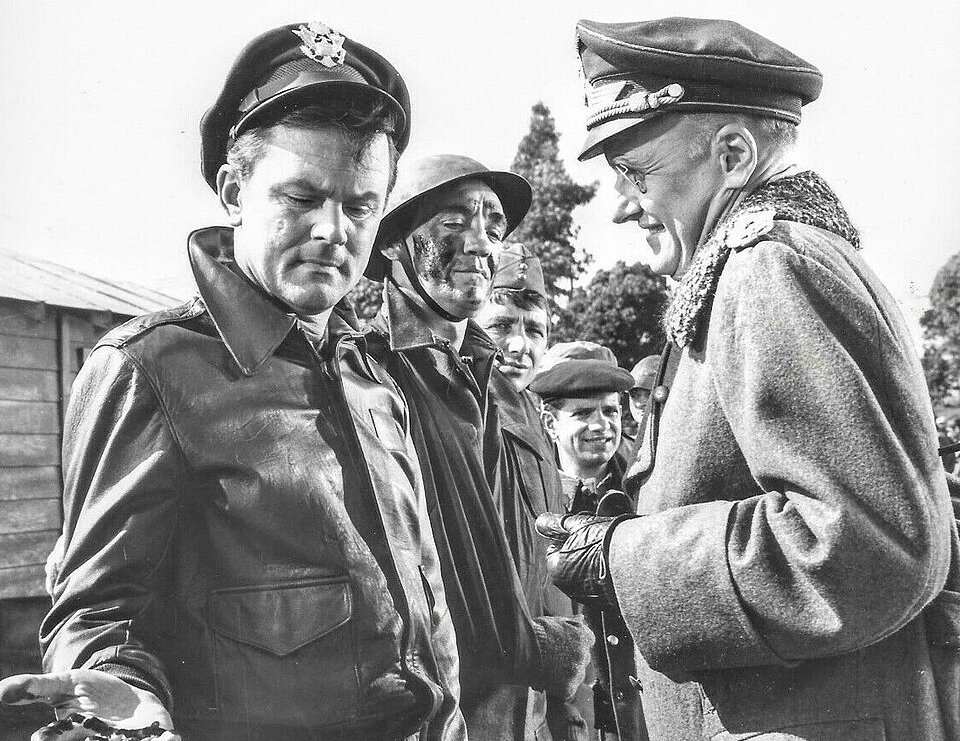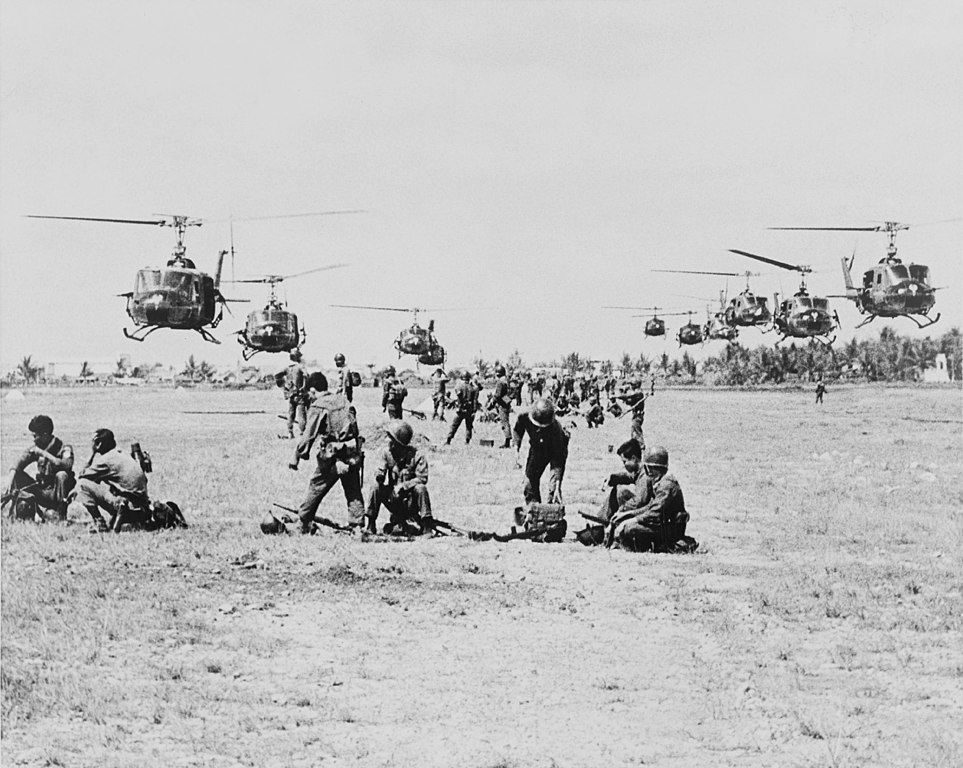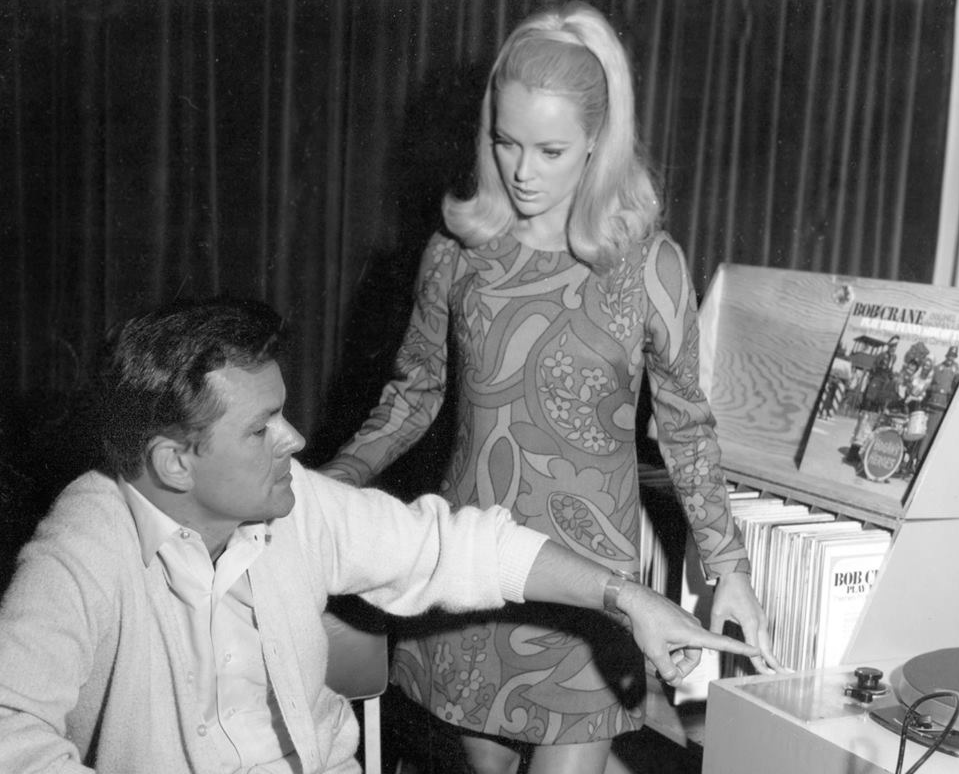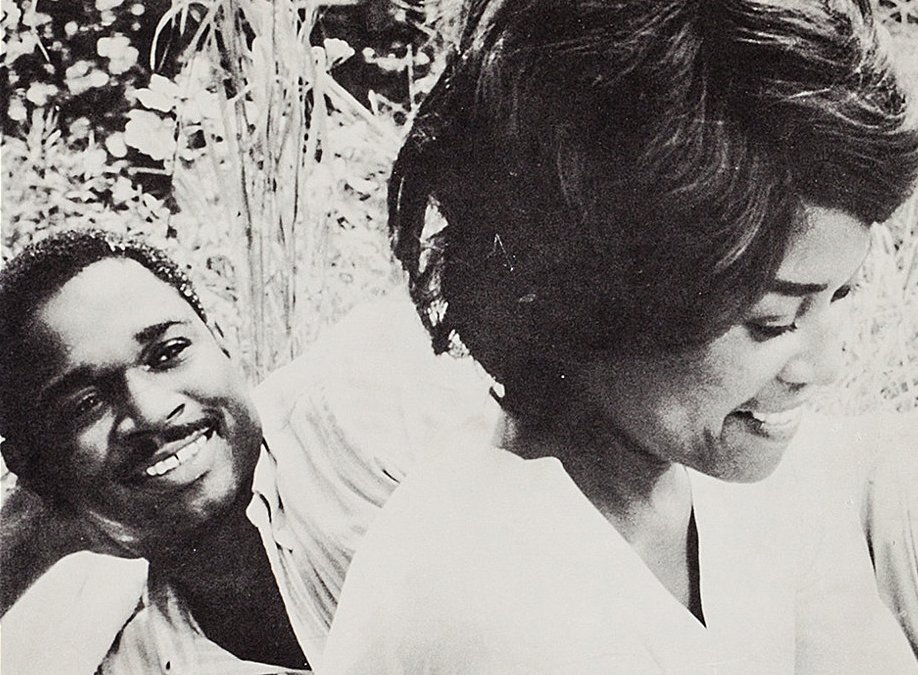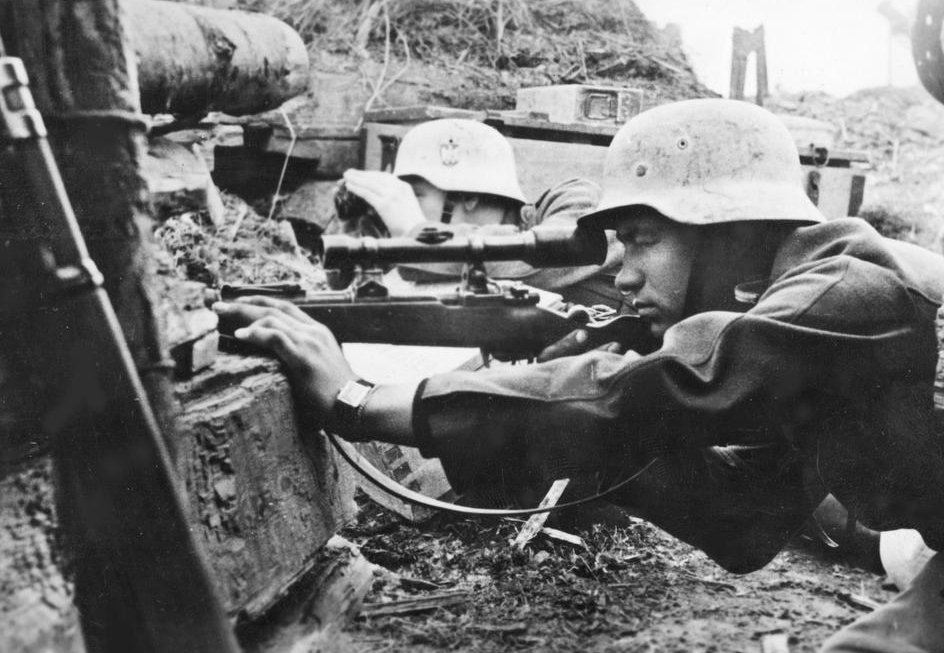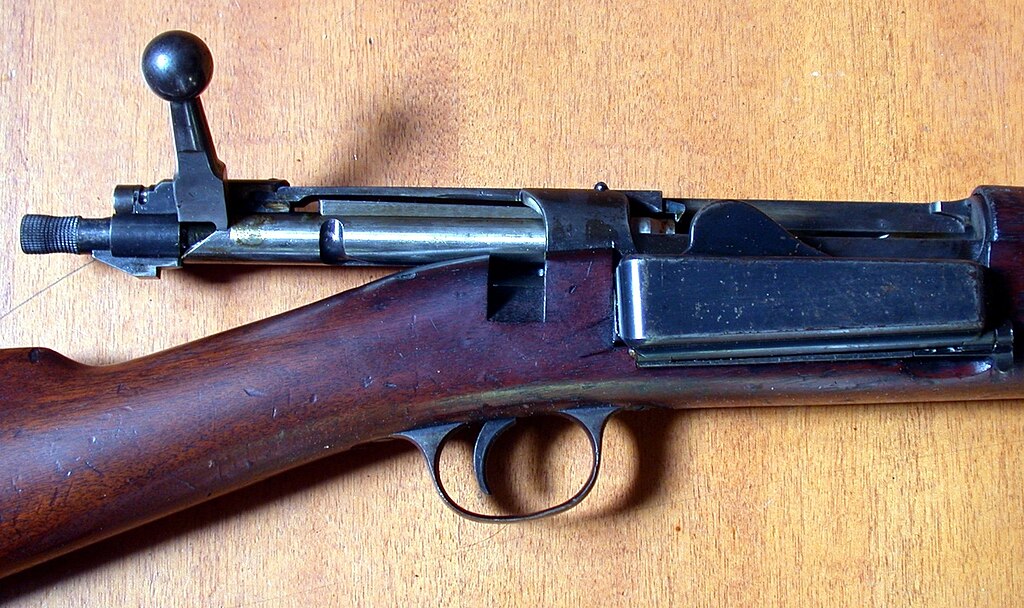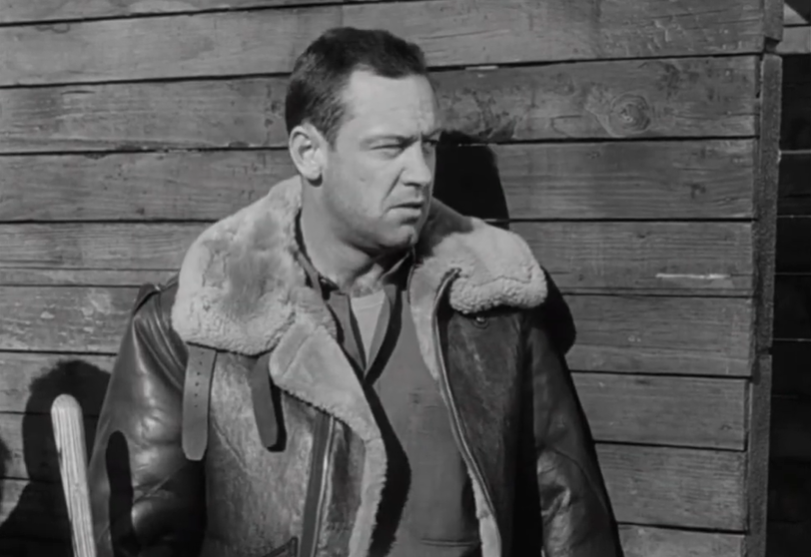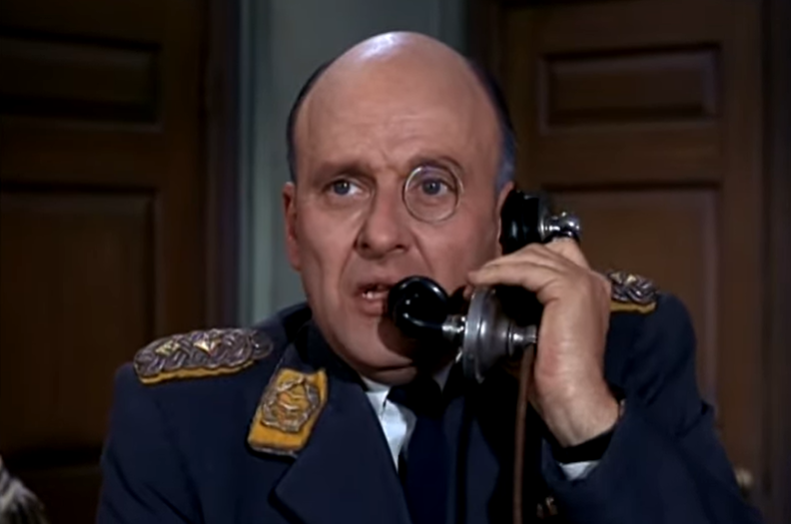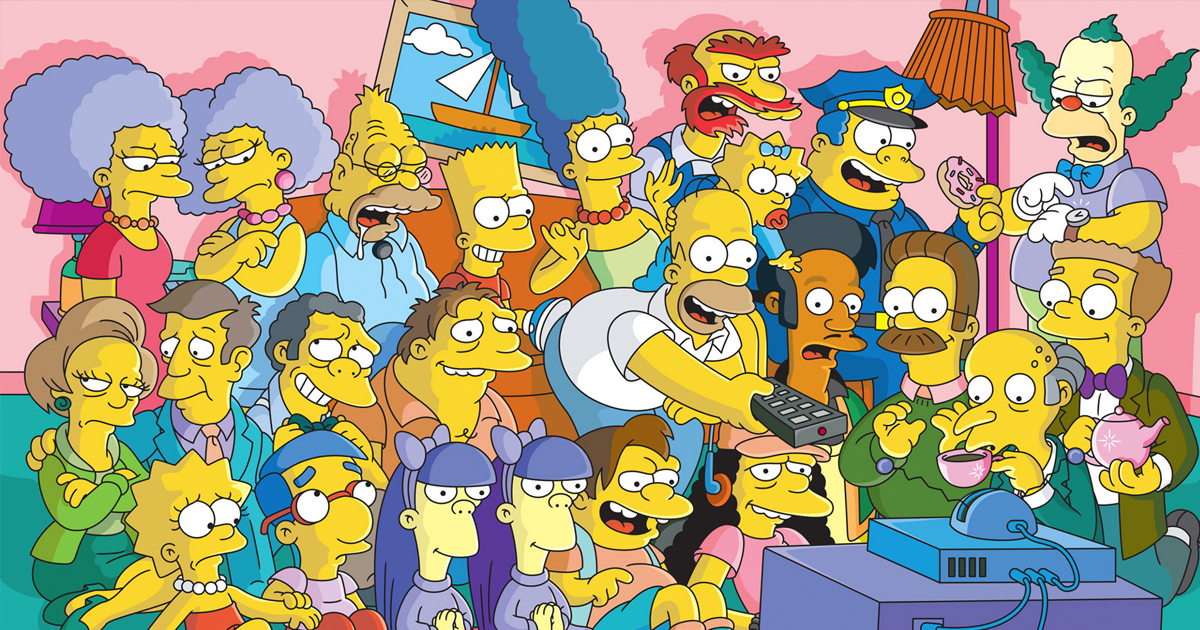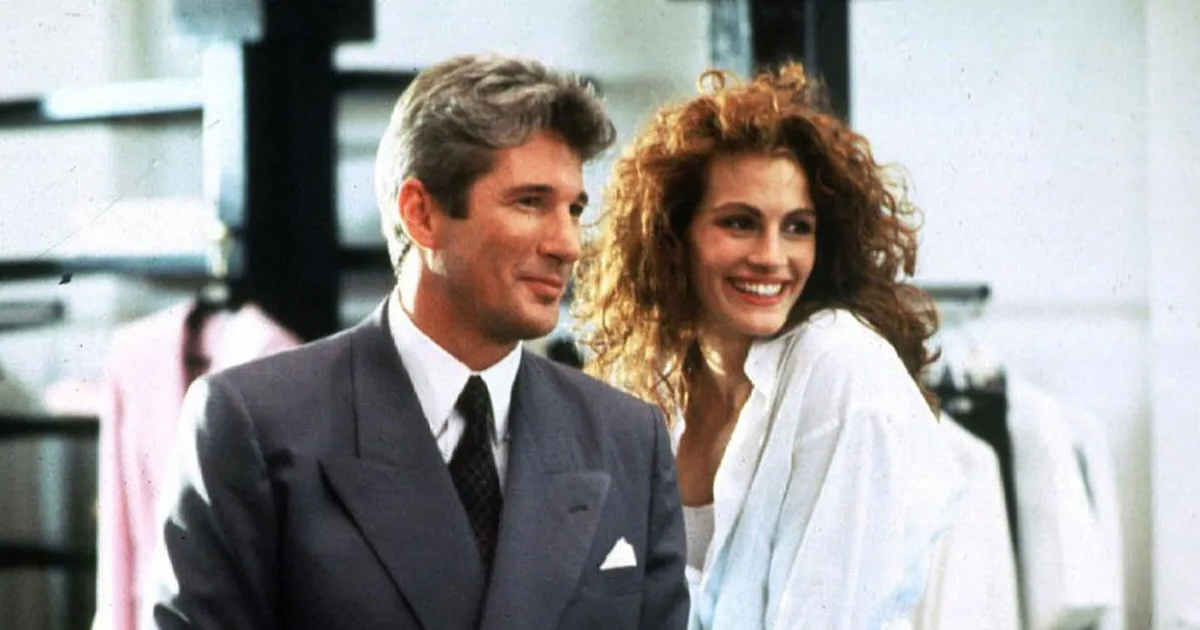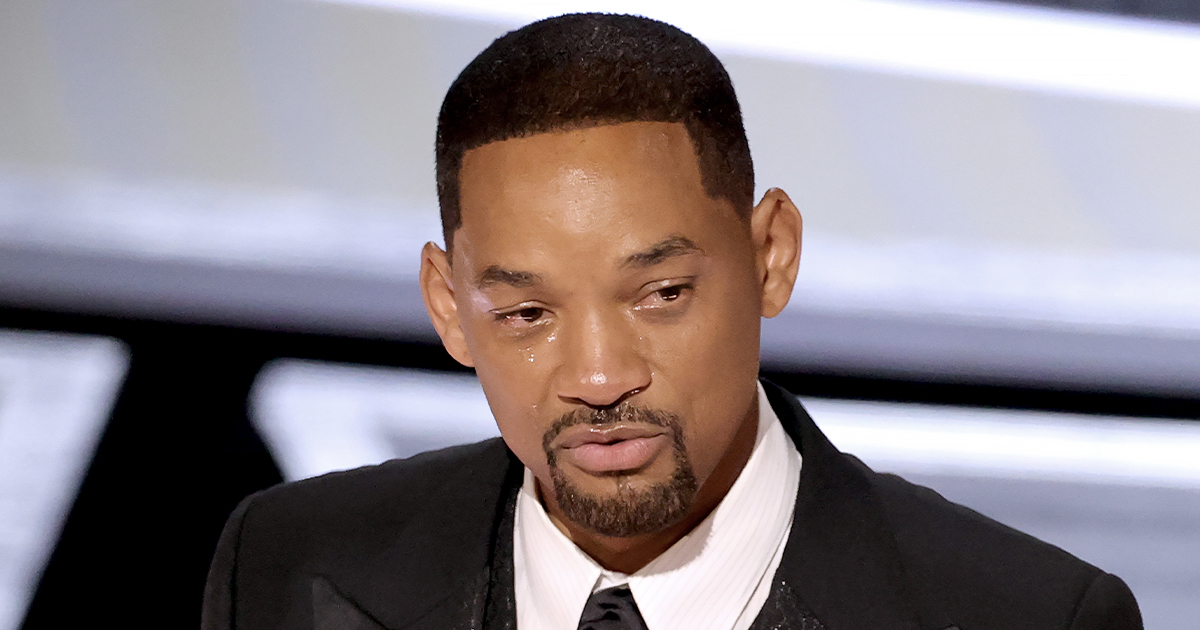How Much Do You Know About Hogan’s Heroes?
An iconic title of 60s television, popular sitcom Hogan’s Heroes proved there were laughs to be mined from WWII. The show is still popular today—but we’d be curious to know how many of these facts are known to people beyond its boomer fanbase.

Set In America?
Albert S Ruddy, the show’s co-creator, originally had the characters in a domestic prison. Upon hearing that NBC was working on Campo 44, a show set in an Italian WWII POW camp, he made a couple of drastic revisions.
 Georgia National Guard, CC BY 2.0, Wikimedia Commons
Georgia National Guard, CC BY 2.0, Wikimedia Commons
Set In America?
Ruddy revealed in an interview that changing the setting was no big deal, and it only took him a single day to adapt the show to the WWII setting. This quick rewrite is part of what made the show so impactful.
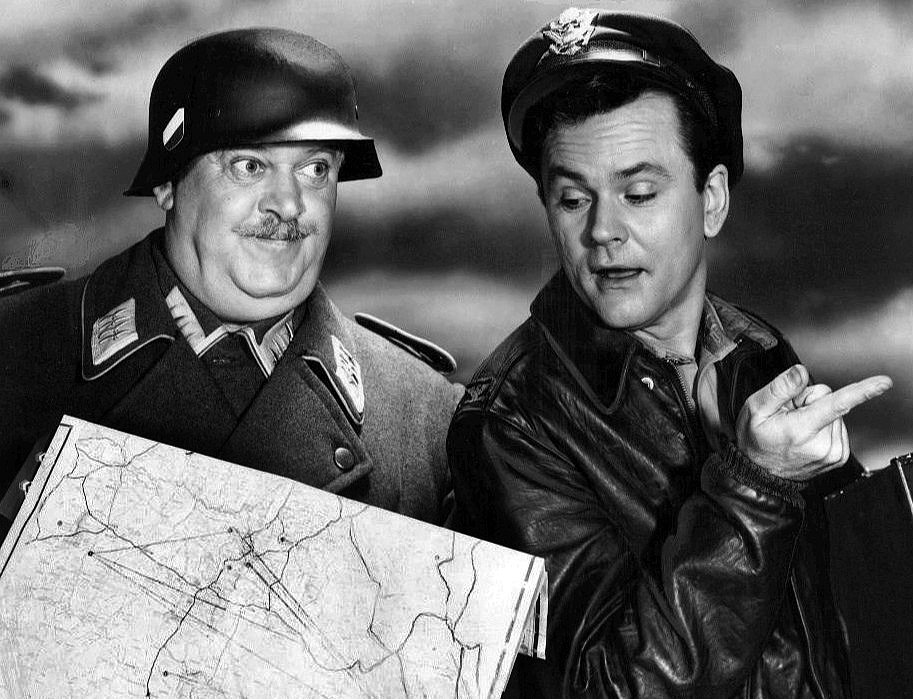 CBS Television, Wikimedia Commons
CBS Television, Wikimedia Commons
Liverpool Accent
Show star Richard Dawson initially auditioned for the title role of Hogan, but couldn’t sound like an American. In turn, he was cast as Corporal Newkirk of the RAF instead.
 Maury Foldare & Associates, Beverly Hills-publicity, Wikimedia Commons
Maury Foldare & Associates, Beverly Hills-publicity, Wikimedia Commons
Liverpool Accent
Initially, Dawson portrayed the character with an accent from Liverpool, but it was decided by the bigwigs that he was too difficult to understand. He adopted a Cockney accent instead, but four lads from Liverpool breaking out in the 60s may have proved his initial inclinations were correct.
 Bing Crosby Productions, Hogan's Heroes (1965-1971)
Bing Crosby Productions, Hogan's Heroes (1965-1971)
Steam Room
The Stalag 13 set is an iconic one for television fans everywhere. Initially, there were some ideas to make it even more special, or goofy, you could say.
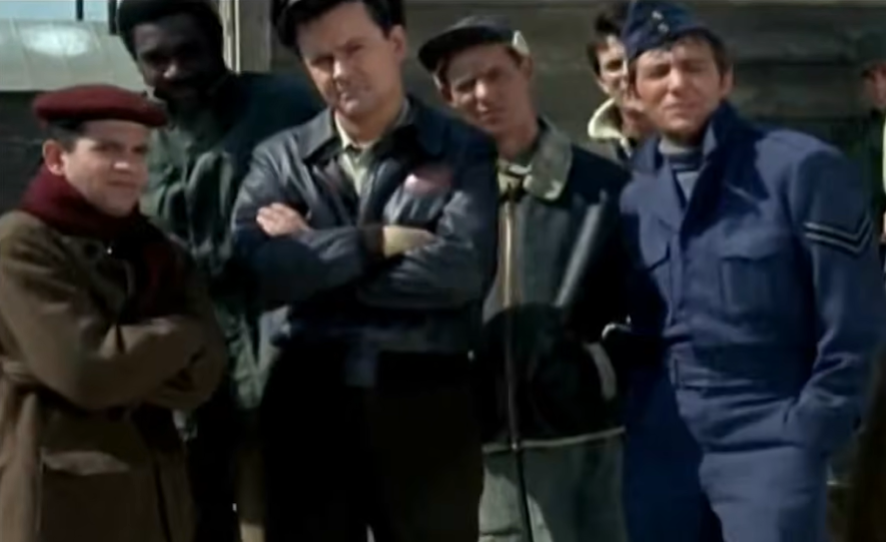 Bing Crosby Productions, Hogan's Heroes (1965-1971)
Bing Crosby Productions, Hogan's Heroes (1965-1971)
Steam Room
One of the ideas, alongside the trap doors and tunnels, was for Stalag 13 to have a steam room. Yet the powers that be decided it to be too outlandish.
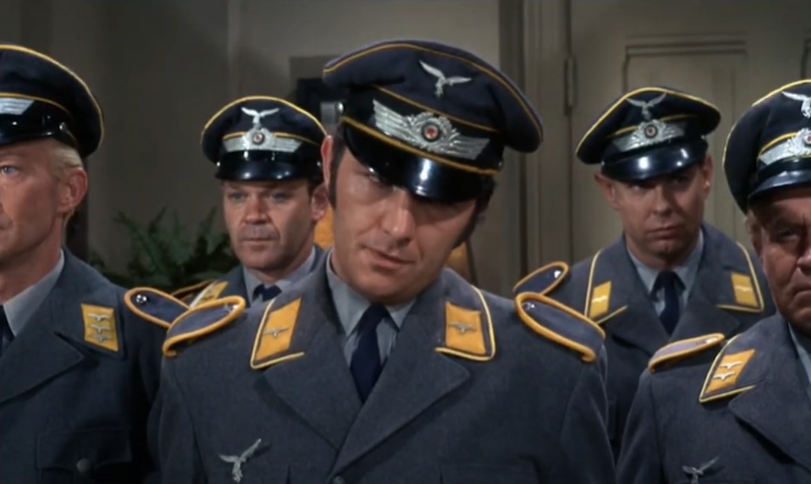 Bing Crosby Productions, Hogan's Heroes (1965-1971)
Bing Crosby Productions, Hogan's Heroes (1965-1971)
Jewish Cast
Despite the characters they portrayed, show stars Victor Klemperer, John Banner, Leon Askin, and Howard Caine were curiously all Jewish. Another cast member, Robert Clary, who portrayed the French corporal LeBeau had even survived internment in a concentration camp.
 Ursula Richter, Wikimedia Commons
Ursula Richter, Wikimedia Commons
Jewish Cast
Klemperer, who portrayed head German officer Colonel Klink, personally had no issues as an actor portraying the role. Though he did make a clause that Hogan always won out in the end.
 CBS Television, Wikimedia Commons
CBS Television, Wikimedia Commons
The Tagline
During an interview, comedian Stan Freberg jokingly proposed a tagline with Hogan’s Heroes star Bob Crane in The Sunday Times. Freberg remarked, "Shall we say, 'If you liked WWII...you'll love Hogan's Heroes?'".
 Anonymous publicity photo, Wikimedia Commons
Anonymous publicity photo, Wikimedia Commons
The Tagline
Crane retorted, "No, let's not say that, no". Despite Crane's feelings about the joke, that ended up becoming the tagline for the show.
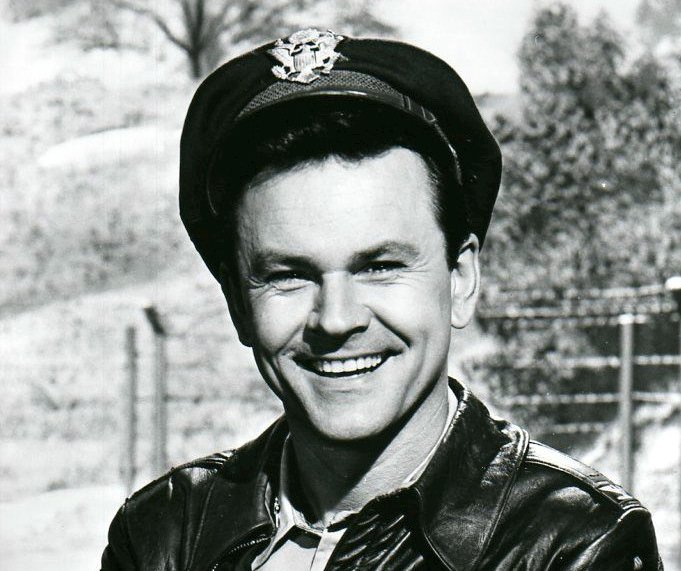 Maury Foldare and Associates, Wikimedia Commons
Maury Foldare and Associates, Wikimedia Commons
Sings The Blues
The popularity of a television show can often be evidenced in the most outlandish merchandise it produces. In the case of Hogan’s Heroes, an album featuring the cast members singing was maybe proof enough.
 CBS Television, Wikimedia Commons
CBS Television, Wikimedia Commons
Sings The Blues
Featuring cast members Robert Clary, Richard Dawson, Larry Hovis, and Ivan Dixon, the album featured a number of popular tracks from the 1940s as covered by the crew. It was also a sign of a 40s nostalgia wave hitting America.
 William Morris Agency, Wikimedia Commons
William Morris Agency, Wikimedia Commons
Theme Song
The instrumental theme song of the show was very popular amongst fans. Yet, cast members Robert Clary, Richard Dawson, Ivan Dixon, and Larry Hovis, decided to add their own twist to the track.
 CBS Television, Wikimedia Commons
CBS Television, Wikimedia Commons
Theme Song
Their added lyrics were “Heroes, heroes, husky men of war, Sons of all the heroes of the war before. We're all heroes up to our ear-o's, You ask the questions”. It was a nice try, but the instrumental theme is probably preferable on its own.
 CBS Television, Wikimedia Commons
CBS Television, Wikimedia Commons
Rare Car
On the show, Klink's superior, General Burkalter, would arrive at the camp in a rather fancy Mercedes-Benz W31. The stylish convertible was a rare vehicle, with only 57 ever produced.
 TheRichic, CC BY 4.0, Wikimedia Commons
TheRichic, CC BY 4.0, Wikimedia Commons
Rare Car
After the end of WWII, only three of the 57 were intact. Besides the one used for Hogan’s Heroes, one was owned by the Spanish monarchy and another had been turned into a fire engine.
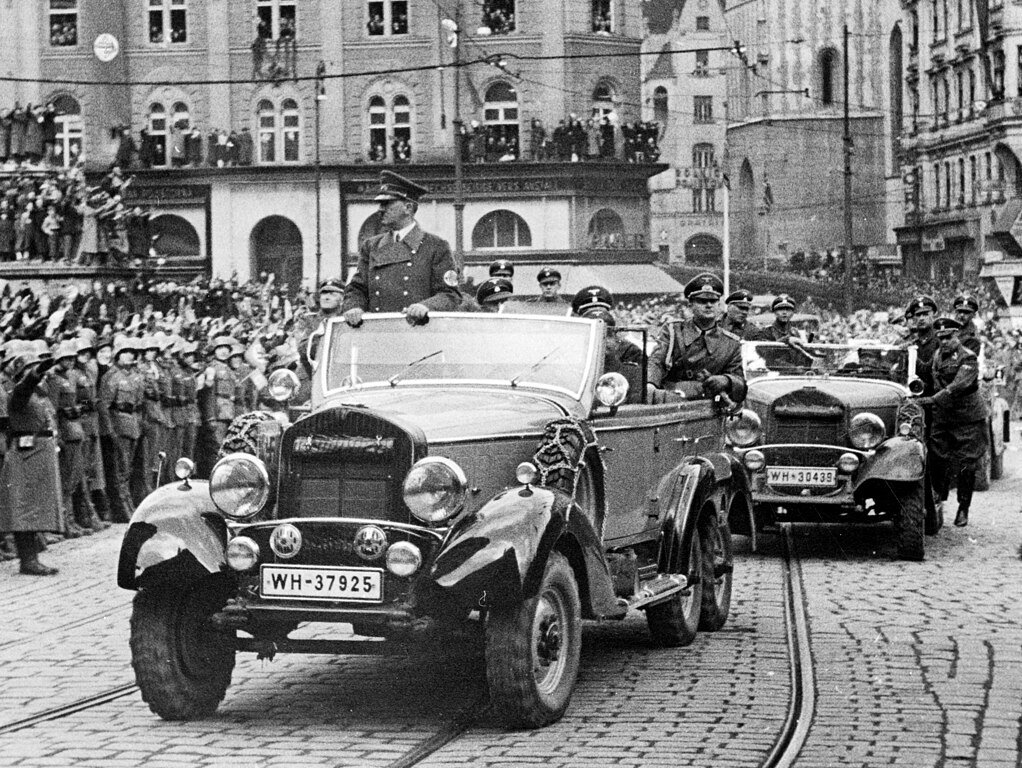 National Digital Archives, Wikimedia Commons
National Digital Archives, Wikimedia Commons
Klink’s Extracurriculars
A recurring gag on Hogan’s Heroes portrayed Colonel Klink as an untalented violinist. In contrast, Werner Klemperer, who played the role, was a very skilled musician, playing both the violin and the piano.
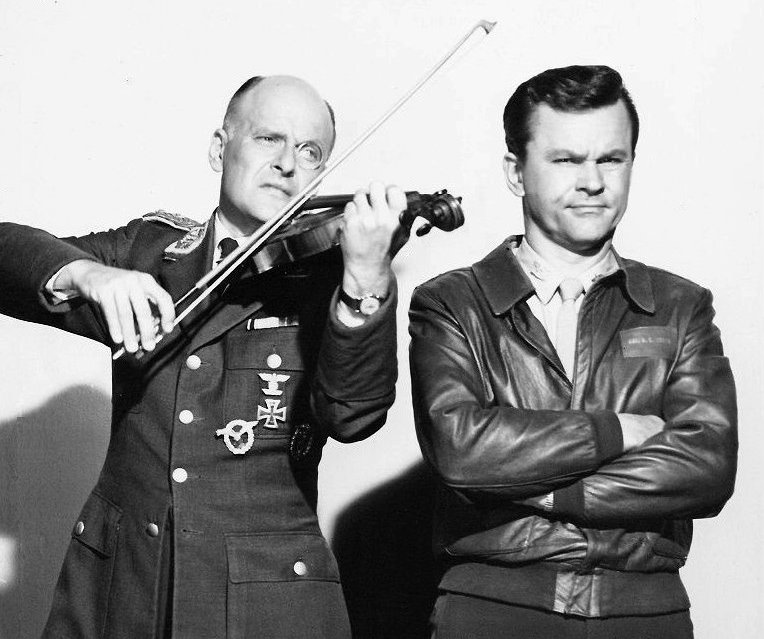 CBS Television, Wikimedia Commons
CBS Television, Wikimedia Commons
Klink’s Extracurriculars
Klemperer followed in the footsteps of his father, who was a very well-known conductor.
Well-known to the point that he was considered one of the most influential figures in 20th-century German classical music.
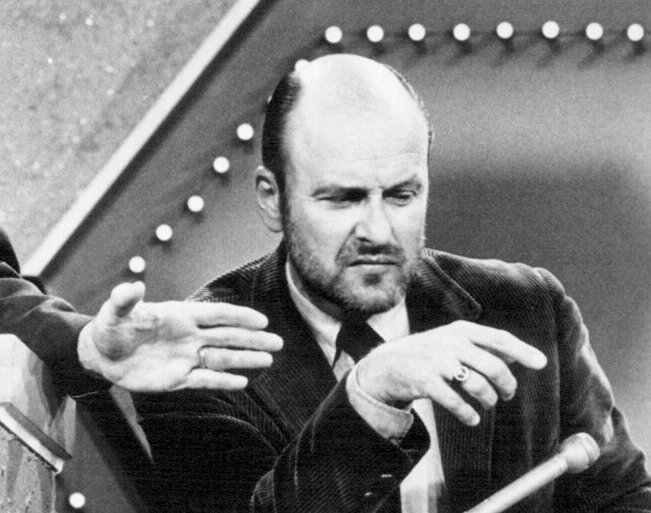 Jay Bernstein, Wikimedia Commons
Jay Bernstein, Wikimedia Commons
Backlot Shoot
The iconic set of Hogan's Heroes was originally filmed on Desilu Productions' RKO Forty Acres backlot. But despite the popularity of the show, the set wasn’t kept up as a tourist attraction or anything after cancellation.
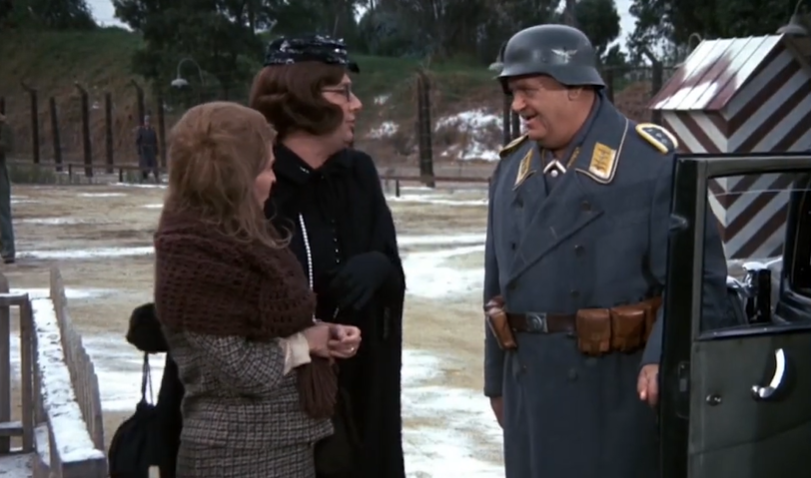 Bing Crosby Productions, Hogan's Heroes (1965-1971)
Bing Crosby Productions, Hogan's Heroes (1965-1971)
Backlot Shoot
In 1974, during the production of the exploitation film Ilsa, She Wolf of the SS, a dramatic decision was made regarding clearing room for its production. The set ended up being blown up!
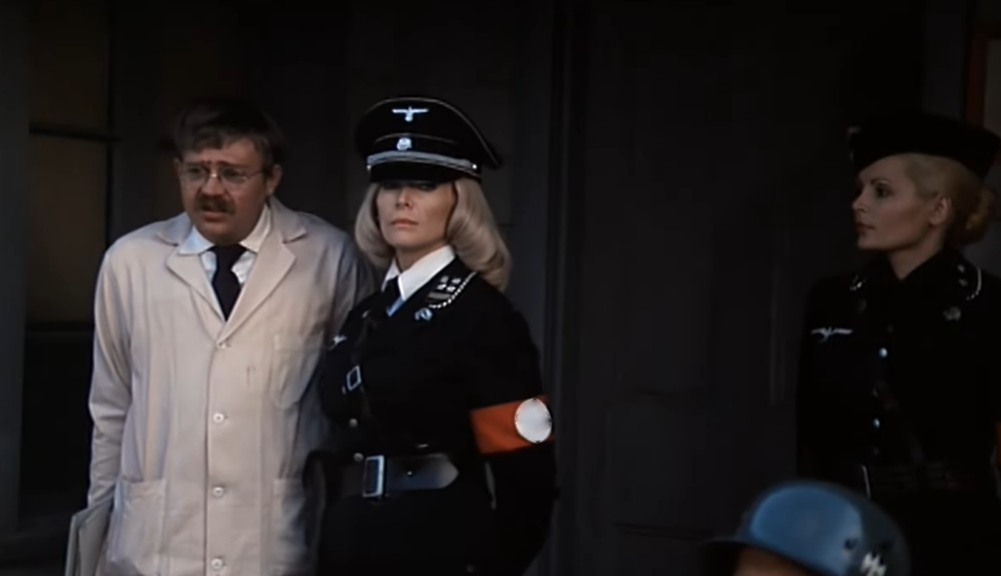 Aeteas Filmproduktions, Ilsa: She Wolf of the SS (1975)
Aeteas Filmproduktions, Ilsa: She Wolf of the SS (1975)
Simpsons Appearance
Werner Klemperer made a reappearance as Colonel Klink, albeit only in voice form, during The Simpsons episode “The Last Temptation of Homer”. In it, he appears as the voice of Homer’s conscience after passing out.
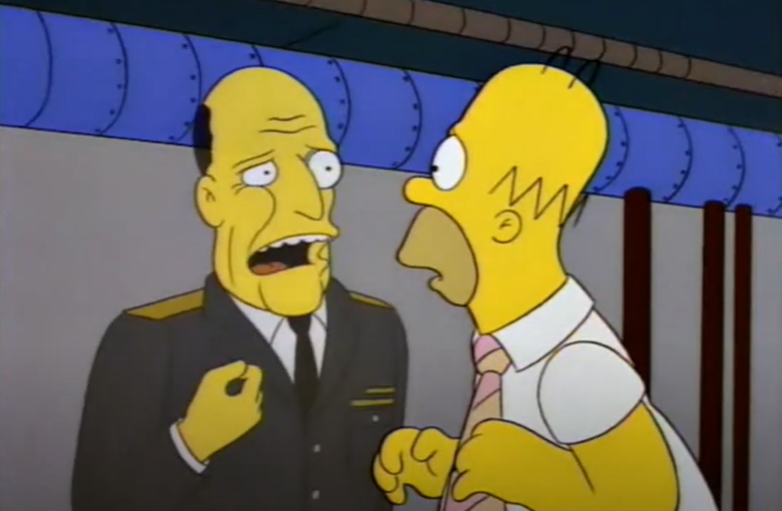 Gracie Films, The Simpsons 1989-
Gracie Films, The Simpsons 1989-
Simpsons Appearance
This cameo may have been the first time a lot of millennial or younger Generation X people had heard of Hogan’s Heroes. The boomer writing staff of The Simpsons was sure to keep their cultural touchstones alive for years.
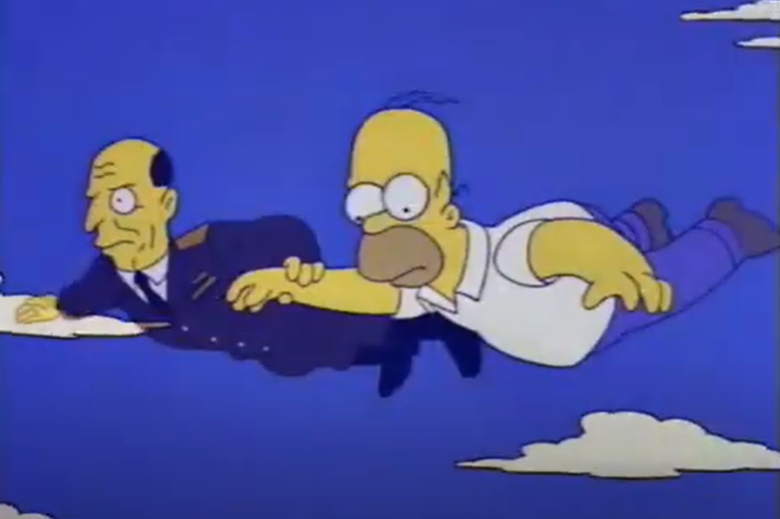 Gracie Films, The Simpsons 1989-
Gracie Films, The Simpsons 1989-
Airing Abroad
You can imagine that there would be some sensitivity about airing Hogan’s Heroes in Germany. So much so that the show didn’t air in the country until more than 25 years after its peak popularity.
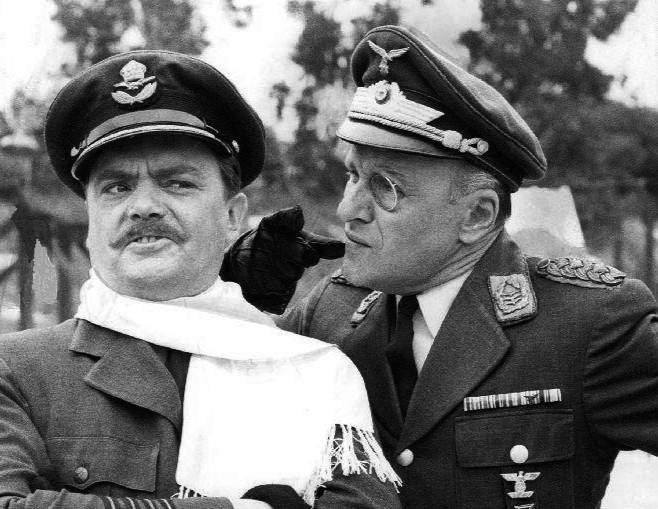 CBS Television, Wikimedia Commons
CBS Television, Wikimedia Commons
Airing Abroad
Debuting on German television in 1992, it featured the vivid title of Barbed Wire and Heels. That almost makes the show sound like something far sexier than it actually was.
Mark Cuban
At one point, Shark Tank mogul and former Dallas Mavericks owner Mark Cuban held the rights to Hogan’s Heroes. In the early 2010s, the estate of show creators Al Ruddy and Bernard Fein fought to win back the rights, which they did.
 TechCrunch, CC BY 2.0, Wikimedia Commons
TechCrunch, CC BY 2.0, Wikimedia Commons
Mark Cuban
The intention for winning back the rights was to ultimately produce a live-action Hogan’s Heroes movie. Since nothing has come out of the idea, it may mean the audience for a movie isn’t there.
 The White House, Wikimedia Commons
The White House, Wikimedia Commons
Winter’s Tale
Something you may have noticed from watching Hogan’s Heroes is that every episode is set during winter. This was a deliberate decision on the creator’s behalf to both keep continuity and make the setting seem even bleaker.
 CBS Television., Wikimedia Commons
CBS Television., Wikimedia Commons
Winter’s Tale
Of course, most of the show was shot during the summer season. Actors had to pretend they were freezing while wearing heavy jackets in the middle of sweltering California heat.
 Maury Foldare & Associates-publicity agency, Wikimedia Commons
Maury Foldare & Associates-publicity agency, Wikimedia Commons
Vietnam
Hogan’s Heroes was still a very popular show with viewers when it was unceremoniously cancelled during its sixth season in 1971. The reason being that the network CBS had gotten a little uncomfortable about some of the real-world parallels.
Vietnam
Of course, the Vietnam conflict was raging and heavily dividing the country. Uncomfortable about the backlash that could emerge over the show’s jokey perspective on conflict between nations, the network decided it was time for it to go.
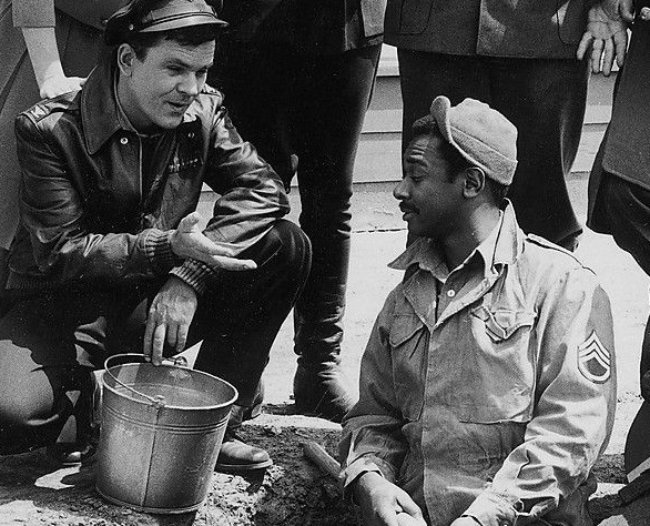 CBS Television, Wikimedia Commons
CBS Television, Wikimedia Commons
Bob Crane’s Exploits
Bob Crane may have played the title role in Hogan’s Heroes, but due to his complicated legacy, he’s not often brought up concerning the show. If you need to know more, his unsolved murder remains one of the most chilling Hollywood true crime tales.
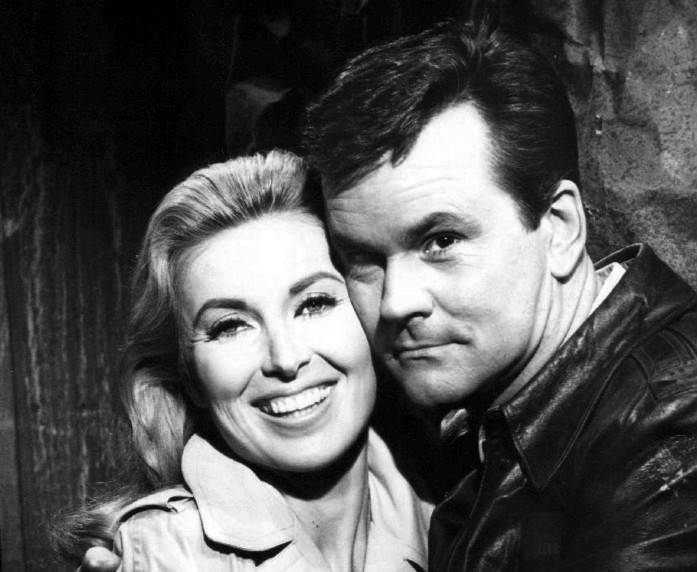 CBS Television, Wikimedia Commons
CBS Television, Wikimedia Commons
Bob Crane’s Exploits
Bob Crane’s off-screen drama, which was depicted in the 2002 film Auto Focus, shows a troubled man who got into the dangerous habit of filming his sexual encounters. In general, his story reflects the dark side of show business.
Ivan Dixon, The Director
Show star Ivan Dixon left Hogan's Heroes after season 5 because he wanted to pursue serious acting and directing, feeling the show wasn’t providing that for him. The main cast had initially signed a five-year contract, but when it was renewed for two more seasons, Dixon opted not to agree to any more.
 CBS Television, Wikimedia Commons
CBS Television, Wikimedia Commons
Ivan Dixon, The Director
While Dixon did have a successful directing career, he later admitted to regretting leaving after it was cancelled, knowing he would only have had to stick around for one more season. Despite some frustrations with the show, he knew that he was a respected figure on set.
Armed Accuracy
The German army's standard rifle in WWII was the Mauser K98. However, most of the guards on the show carried the US Krag-Jorgensen 1896 model.
Armed Accuracy
The Krag-Jorgensen, briefly used by the US around 1900, may have been chosen because the studio had surplus props from past films. Though obsolete by the late 30s, this rifle was used by occupied Norway and Denmark, and Germans often gave captured arms to troops, making its use by a camp guard not that far out of the realm of possibility.
Stalag 17
Possibly you’ve seen the Billy Wilder movie about an American POW from the 1950s, Stalag 17, which many people have pointed out as having overlaps with Hogan’s Heroes. It’s certainly worth seeing, especially for William Holden’s Academy Award-winning performance.
Stalag 17
The 1953 film was impressive in its blending of tones, which made people think it was a predecessor to the show. But the creators of Hogan’s Heroes never cited it as an influence.
Time Slot
A curious thing about Hogan’s Heroes is how popular it was despite its time slots. Its first season aired on Friday nights while the second was on Saturday, generally considered dry spots for television.
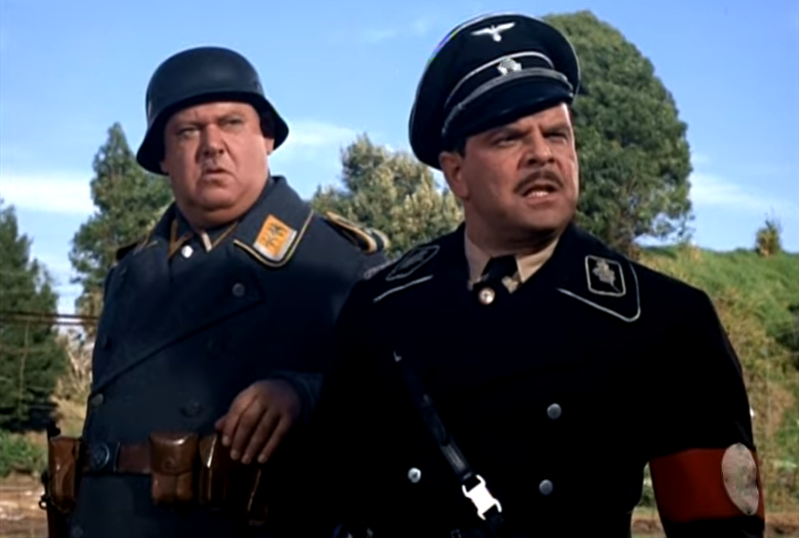 Bing Crosby Productions, Hogan's Heroes (1965-1971)
Bing Crosby Productions, Hogan's Heroes (1965-1971)
Time Slot
Truth be told, these time slots weren’t as bad to be in during the 60s and 70s. It was the advent of cable and the VCR that gave viewers more options and made it harder to maintain live network television viewership on the weekend.
While Hogan's Heroes is now considered one of the best shows of its era, it did face some scrutiny from critics. Some critics worried that the show's comedic bend made light of the heinous actions of the Nazis, and humanized Nazi soldiers. In reality, the Jewish showrunners portrayed the Germans soldiers as buffoons as a way of ridiculing fascism.
You May Also Like:
Television Shows That Boomers Loved
TV Flops From The 70s That People Actually Loved
Quiz: Can You Name These Classic Television Shows?


